“In the beginning, the emphasis was on seeing & finding new birds and fattening up my life list. After some time, when the rate of adding new bird species slowed down, watching behaviour of known birds became the priority”– says Sanjeev Nalavade– an avid birder from Pune. Here is more about him and how he started his journey in birdwatching…
 1. Please tell us a bit about yourself. What do you do and where do you live?
1. Please tell us a bit about yourself. What do you do and where do you live?
My name is Sanjeev Nalavade. I retired as an Asso.Prof. in Geography from Pune’s Fergusson College. Pune has been my city of residence. Presently I am associated with a couple of NGOs working in the field of conservation and busy with few biodiversity mapping projects.
2. When and how did you get interested in birding?
In the early 1970’s, I happened to purchase an old, second-hand book from a footpath for mere fifty paise. It was in Marathi & titled ‘Bharatiya Pakshi’ by Dr. M.V.Apte- one of the pioneer-birders of Pune. This book was a collection of articles on common birds seen around us and contained basic information on common birds in a very lucid language, supported with simple bird sketches. It was for the first time I realized that I was an out-and-out illiterate of birds around me. There were so many different kinds & my knowledge did not go beyond a handful of them-the sparrow, the crow, the pigeon, the kite & the myna; that was all that I knew! I was so enthralled by the book. It was like ‘Open sesame’ moment for me, unlocking the bird treasure around me. Shri Prakash Gole’s books and articles on birds, further helped sustain my interest in birds.
3. Do you have a favourite bird or birds? Why is it/are they your favourite?
Yes, I have always been in awe with crows, especially the House Crow. Maybe it is the most familiar, maybe it is the most street-smart. They are very innovative creatures. I have come across numerous crow-nests made from metal-scrap, including rusty wires. One nest even had clothes-hangers used. I consider such nests eco-friendly, where ‘reuse’ of the three Rs is explored (though inadvertently!) The way they hide their food in their cache with sly, is something to watch for. Crow is probably one of those few birds, who believe in ‘Union is Strength’. Another reason why I like crows the most is sketching. I do some bird-sketching. I consider crow, the best bird-model for sketching. You can sketch them from different angles and in different moods.
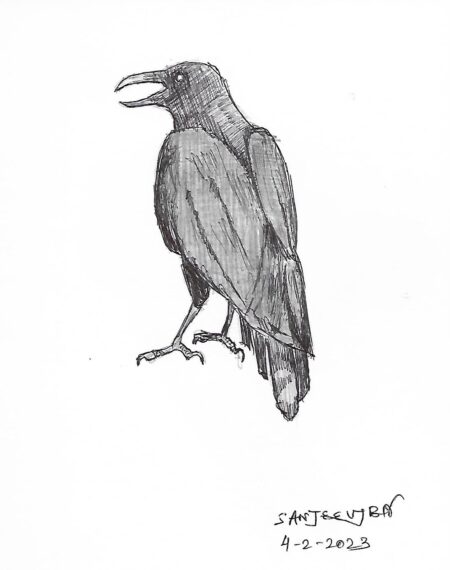
4. Do you have a birding partner or a group you enjoy birding with? How is birding alone different from birding with others?
I have done birding alone, in small groups as well as in large groups, when I used to be a birding instructor. My most memorable birding moments were when I & Kiran Purandare watched birds together, a kind of birding-treat. I consider small group ideal for birding. Sometimes you have to do it alone, for some reasons. I consider lone-birding a kind of green meditation. Nowadays it is a balance between small group birding & lone-birding.
5. What is your most memorable birding experience?
In October 2019, I happened to spend a week at Khao Dinsor (Chumphon) in Thailand as a part of the Autumn 2019 Raptors’ Migration Survey. Thailand lies along the East Asian Continental Flyway. Seeing flocks of 500 or so Japanese or Chinese Sparrowhawks, scores of buzzards, harriers & eagles flying overhead at a time & counting them in excitement and awe from a hilltop platform, was a lifetime experience.
6. Anything on the birding bucket list?
I wish to spend a long time at the following birding destinations: Eaglenest Wildlife Sanctuary (Arunachal Pradesh), Valparai (TN) & Nicobar Islands, especially to enjoy the endemic avifauna, seen there.
7. Which of the two do you enjoy more and why: a) Regular birding around your house/local patch/district, or b) Widespread birding in different landscapes across different districts and states?
I enjoy regular birding around my house and nearby local patches, more. I believe that such birding, if pursued over a long period of time, builds a sustained database that can be useful in knowing changes in habitats, bird diversity, bird population and possible causes behind the changes of the patch etc. I do occasionally go for widespread birding at different geographical locations to enrich my birding experience and to refresh my birding skills.
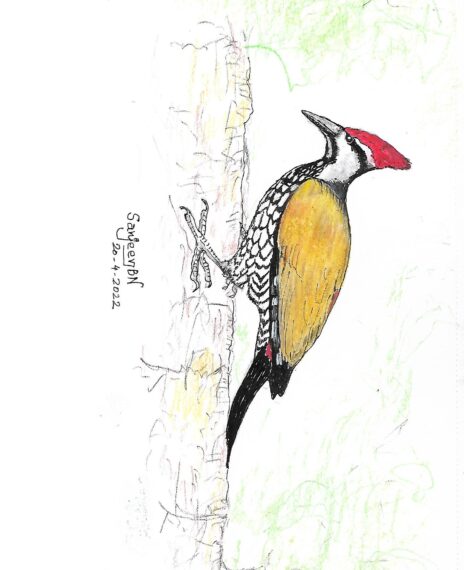
8. How has your approach to birding changed over the years?
In the beginning, the emphasis was on seeing & finding new birds and fattening up my life list. After some time, when the rate of adding new bird species slowed down, watching behaviour of known birds became the priority. After a while my priority shifted to mapping birds, Geography being my core training. I have mapped most wetlands around Pune. Mapping bird diversity, breeding & feeding territories of song birds, daily foraging routes of resident birds, habitats & associated birds were some additional map ventures. I call this ‘Map-Approach to Birding’. I believe a good, factual map can be a good educational and conservation tool.
9. Have you set any birding goals for the coming months?
No any great goals as such. As a routine, hope to submit minimum four lists per week on the eBird.
Header Image: White-eyed Buzzard Butastur teesa by Hari K Patibanda/ Macaulay Library

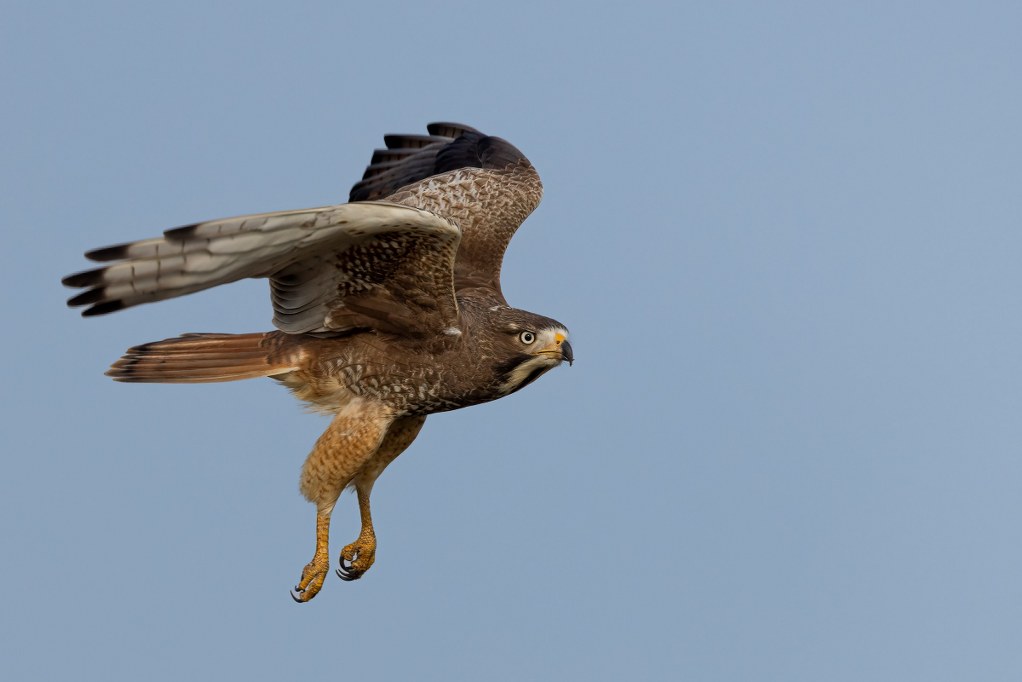
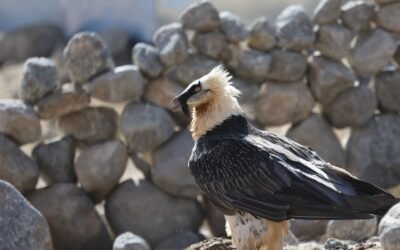
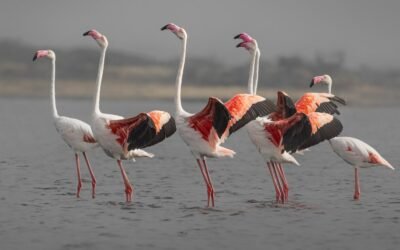
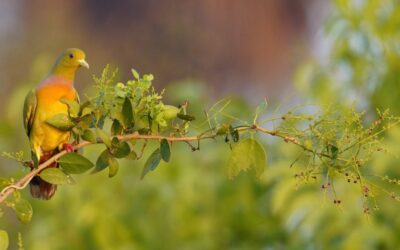
I have known Nalavade sir for almost 25+++ years. He has unmatched dedication to his subject and has questions for everything… Almost childlike inquisitiveness. Have been a lifetime admirer of his work.